Elementary and secondary educational institutions have mounting challenges to address in order to maintain standards of quality for academics and facilities. Especially as the population of students continues to increase. The way we’re looking at traditional school structures is evolving as a result of COVID-19.
From playground shelters and athletic facilities to lunchrooms, cafeterias, and other common areas, growing student numbers have a notable impact on a variety of different types of school facilities. Pair this with the need for social distancing and size limitations on traditional classrooms during the pandemic, and the need for intuitive designing and planning is of utmost importance.
How Enrollment Growth Affects Schools
School enrollment has been steadily growing since 1985, after growing rapidly in the previous decades due to the baby boom that followed the end of World War II. In 2019, approximately 56.6 million students attended elementary and secondary schools in the United States, and projected data from Education.org predicts that enrollment rates will continue to climb.
To accommodate these growing numbers of new school-age students, school districts have implemented a variety of different solutions. Although new construction still happens, schools often bring in portable modular classrooms as a first step to take in higher numbers of students.
How COVID-19 Affects Schools
In addition to overpopulation, traditional school structures have several issues that could heighten the rate of coronavirus transmission. Crowded hallways, bottlenecked doorways, large common-use areas, and cramped classrooms need to be taken into consideration when finding a solution for a safe, COVID-free school environment.
Outdoor Facilities for Schools in Different Climates
Beyond classrooms, schools in extreme climates face additional challenges when planning and maintaining facilities that keep their students safe and promote both academic and extracurricular activities.
Hot and Sunny Environments
Outdoor facilities for sports and play often need shelter from the sun — particularly for prekindergarten and elementary-age children who are more vulnerable to sun exposure. Most schools for this age group have outdoor playgrounds and play areas for children to spend time in between different subjects or before and after school, but these are not always covered with a playground canopy or shelter.
Revised regulations in Colorado aim to protect children from overexposure by requiring child care facilities to provide at least 150 square feet of shade for outdoor play areas.
According to the American Osteopathic College of Dermatology, “Sun damage in childhood is one of the most important causes of skin cancer in adults. Sunburns can develop into malignant melanoma, a dangerous type of skin cance).”
On average, people will get 80% of their lifetime sun exposure by their 18th year. Therefore, it is very important for children of all ages to be protected.
Cold, Stormy, and Snowy Climates
Although forgoing outdoor recess for indoor activities during cold or rainy weather sounds reasonable, outdoor play is essential for children.
As long as children are adequately dressed, the temperature is safe, and the outdoor playground or play area is protected from the elements, outdoor recess during “poor” weather should still be an option.
[Browse Playground Shelters for Schools]
Types of Playground Shelters for Schools
Playground canopy buildings can be made from a wide variety of building materials.
While some covered play area canopy designs are constructed with brick-and-mortar materials, other building materials can offer added benefits. For example, high-quality fabric playground structures from WeatherPort® are made with extremely durable and tensioned membranes over a high-strength steel or aluminum frame system.
A WeatherPort playground canopy is resistant to mold, last for years, block UV rays, and protect against rain or snow.
Unlike permanent brick-and-mortar playground shelters, fabric structures also offer more versatility of use. They can be moved, expanded, or used for entirely different applications due to their portability.
Playground Canopy Applications
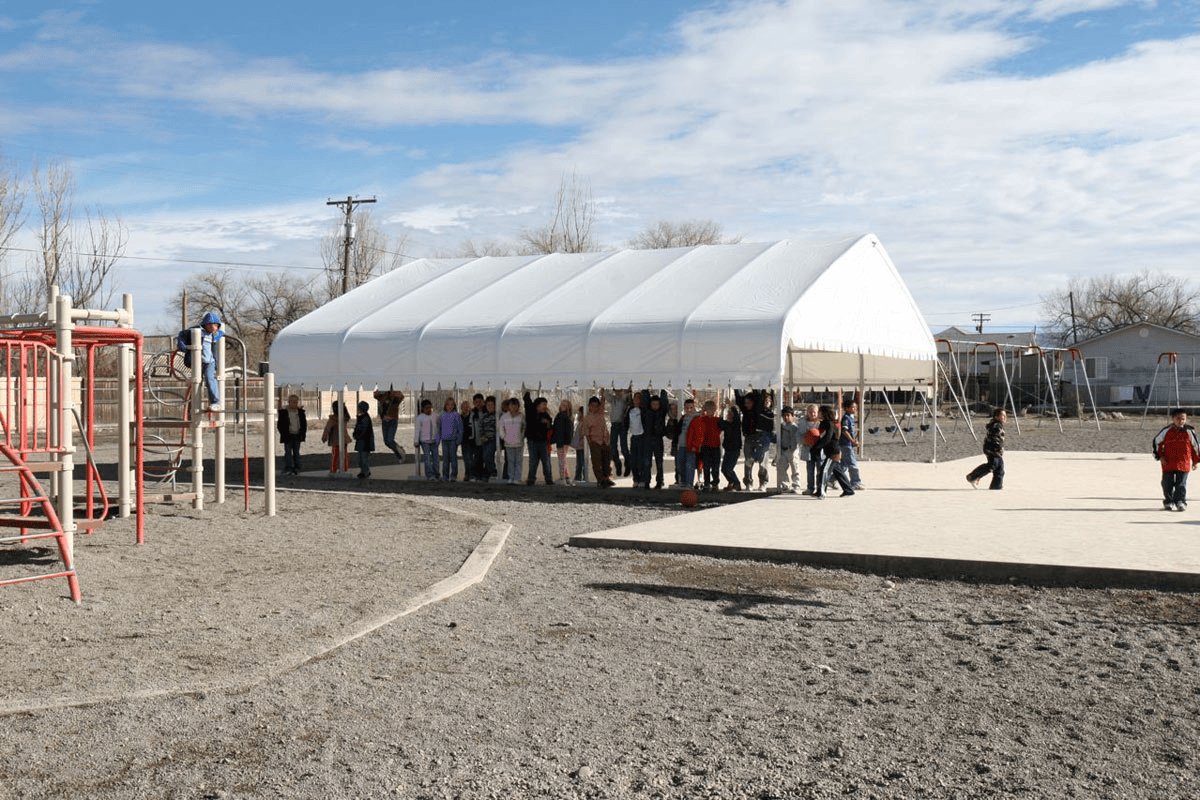
The ideal type or style of playground shelter often depends on the school, location, and specific needs of the area.
In warm climates, a simple open-air playground canopy may not be sufficient. A fully-enclosed play area can be kept cool with air conditioning and other systems may be more appropriate. In places with colder or temperamental weather, an enclosed canopy, or one customized with added side panels, would be appropriate. This allows children to enjoy recess regardless of the rain or wind.
WeatherPort building specialists can also help with the fabric structure design for indoor play areas and other fully-enclosed buildings. Options include a wide range of customizations to accommodate HVAC systems and other necessary facility systems.
Open-air canopies and sun shelters: Ideal for playground covers, picnic shelters, dugout sun shades, carousels, and other outdoor school facilities, an open-air canopy can be used rain or shine to protect children as they play. WeatherPort playground canopies are available in a wide range of sizes, configurations, and styles for these purposes.
Covered sports and event canopies: For elementary schools as well as secondary education facilities, sun shades and weatherproof shelters are often needed for athletic areas and sports fields.
Many schools are taking steps to promote healthier habits for young students, incorporating the CDC’s Whole School, Whole Community, Whole Child (WSCC) model, and schools in warm climates will require shelters from harsh sun, rain, wind, or snow, for their active areas.
Shelters may also be needed for concession stands, kiosks, and other athletic purposes, including secured equipment storage.
General activity weather covers: Beyond playground cover canopy shelters and athletic structures, schools may need these shelters for other areas such as bus stops, covers for walkways and sidewalks, and stage covers for outdoor school events to protect students from bright sunlight and dangerous UV rays, as well as heavy rains, wind, and snow.
[Related: Impact360 Institute Turns to Durable Outdoor Structures During COVID19]
Surfacing Materials for Playground Shelters at Schools
Designed with versatility in mind, WeatherPort playground canopies and fabric building systems can be installed on most types of surfaces, including concrete, asphalt, gravel, dirt, and even the safety surfacing used for many playgrounds.
For brand-new playground and outdoor active spaces, school administrators should consider the common different types of surfacing materials. Administrators will need to select a surface that best fits their needs as well as the students using them.
The most common categories of safety surfacing are Engineered Wood Fiber (EWF) and rubber playground mulch. Unitary surfaces minimize the impact for younger children if they fall. There are pros and cons, which address cost, fall protection, mobility, displacement potential (and maintenance), required infrastructure, and life span.
How WeatherPort Canopies Prevent Damage and Cut Costs
Canopies and portable tensioned fabric structures protect children from the sun’s harmful UV rays, heavy wind, rain, and snowfall. They also prevent wear-and-tear on playground equipment such as rust, fading, and other consequences of exposure to the elements. This can help reduce maintenance costs while extending and maximizing the life span of playground and other equipment.
WeatherPort playground canopies have UV-stabilization versus coating. This is far more effective at blocking UV rays long-term. Not only does this offer more protection for the children playing under the shelters; it also reduces the need for most ongoing maintenance of the canopy itself.
Since these structures are resistant to mold and mildew, they will also uphold well in wet weather.
The high-quality materials and other WeatherPort playground canopies exceed the California Code of Regulations. Meaning that schools can enjoy the benefits and protection these structures provide for many, many years.
Other Outdoor School Facilities

As schools grow and expand their existing buildings and infrastructure to accommodate more students; the versatility of highly durable and long-lasting fabric building systems can be taken advantage of for additional applications. Schools may also consider these flexible structures for other common areas such as cafeterias, lunchrooms, workout and training facilities, or even school theaters — especially during the coronavirus pandemic.
Adding modular classrooms or outdoor canopies can help reopen schools, avoid overcrowding, and comply with CDC guidelines for reduced COVID exposure. Outdoor facilities created with temporary, portable shade structures would potentially eliminate transmission through increasing space and airflow.
WeatherPort Can Provide the Perfect Outdoor Facility
Whether you need a 10-foot-by-15-foot canopy for a small daycare center in Pueblo, or a 30-foot-by-30-foot Jubilee event tent for a large school in Denver, WeatherPort has Colorado-made products that are fully engineered to provide safe shelter from the sun.
To ensure our fabric membrane structures meet our own demanding safety standards, we hire independent third-party experts. Our experts test and certify the engineering that goes into every line of our high-quality shelters.
WeatherPort® is a brand of high-quality fabric buildings from Alaska Structures®. If you are interested in learning more about our fabric buildings and remote camp systems please contact us by calling +1-907-344-1565 or completing our online form to request a consultation.


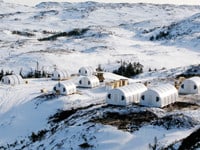

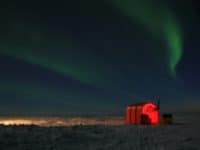



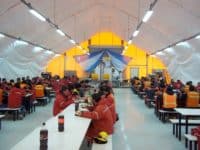

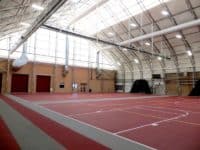










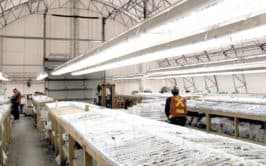


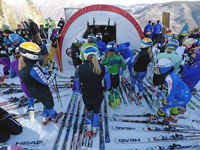
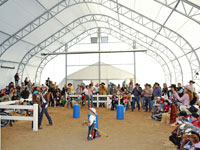



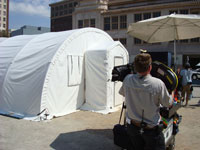
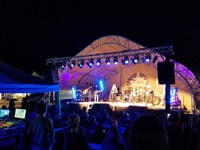
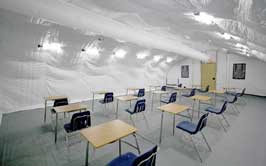


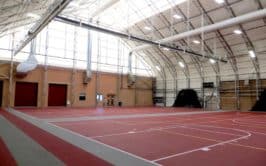

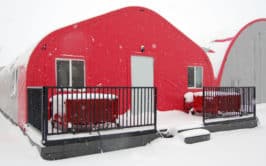

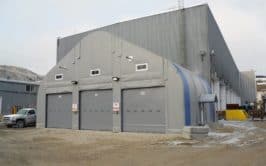

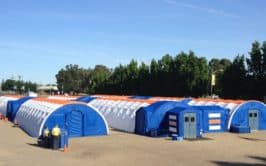
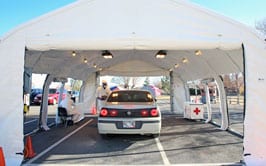
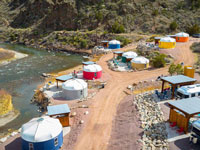

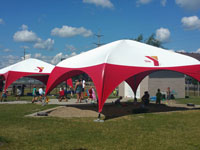
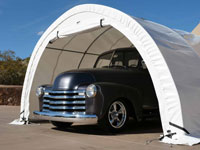
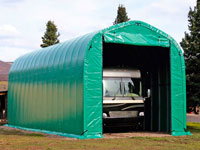
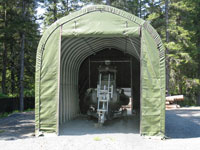
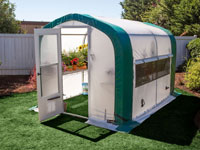
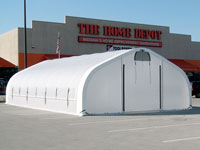
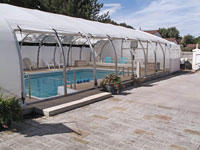
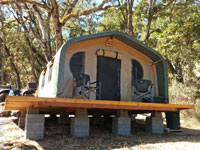
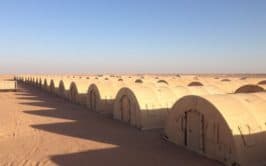
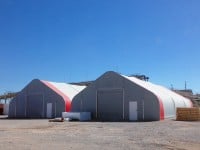

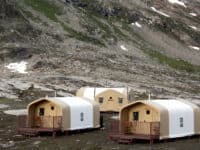

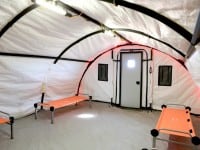
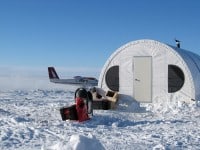
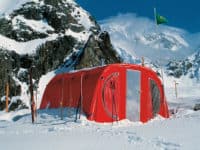
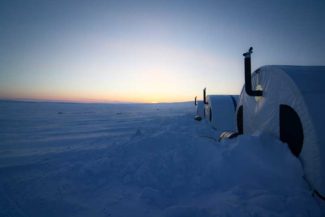

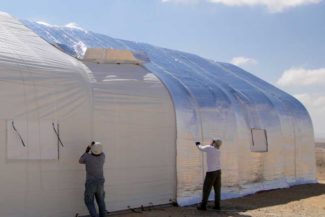

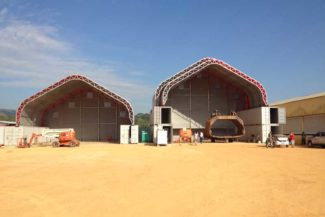

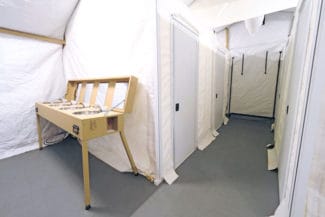
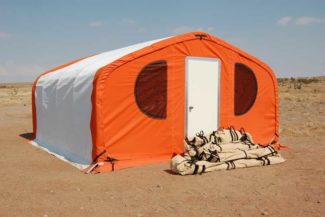
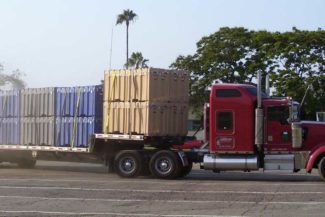
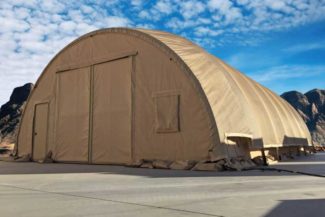


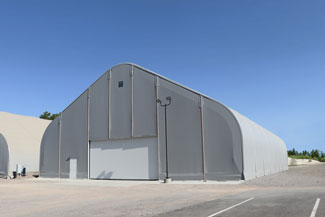

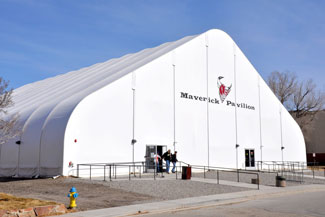

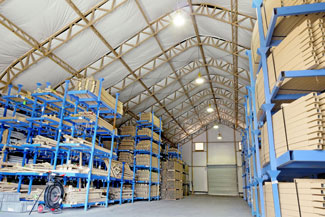
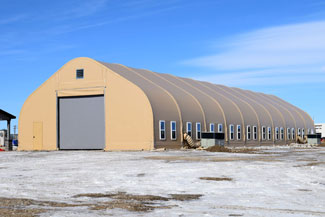


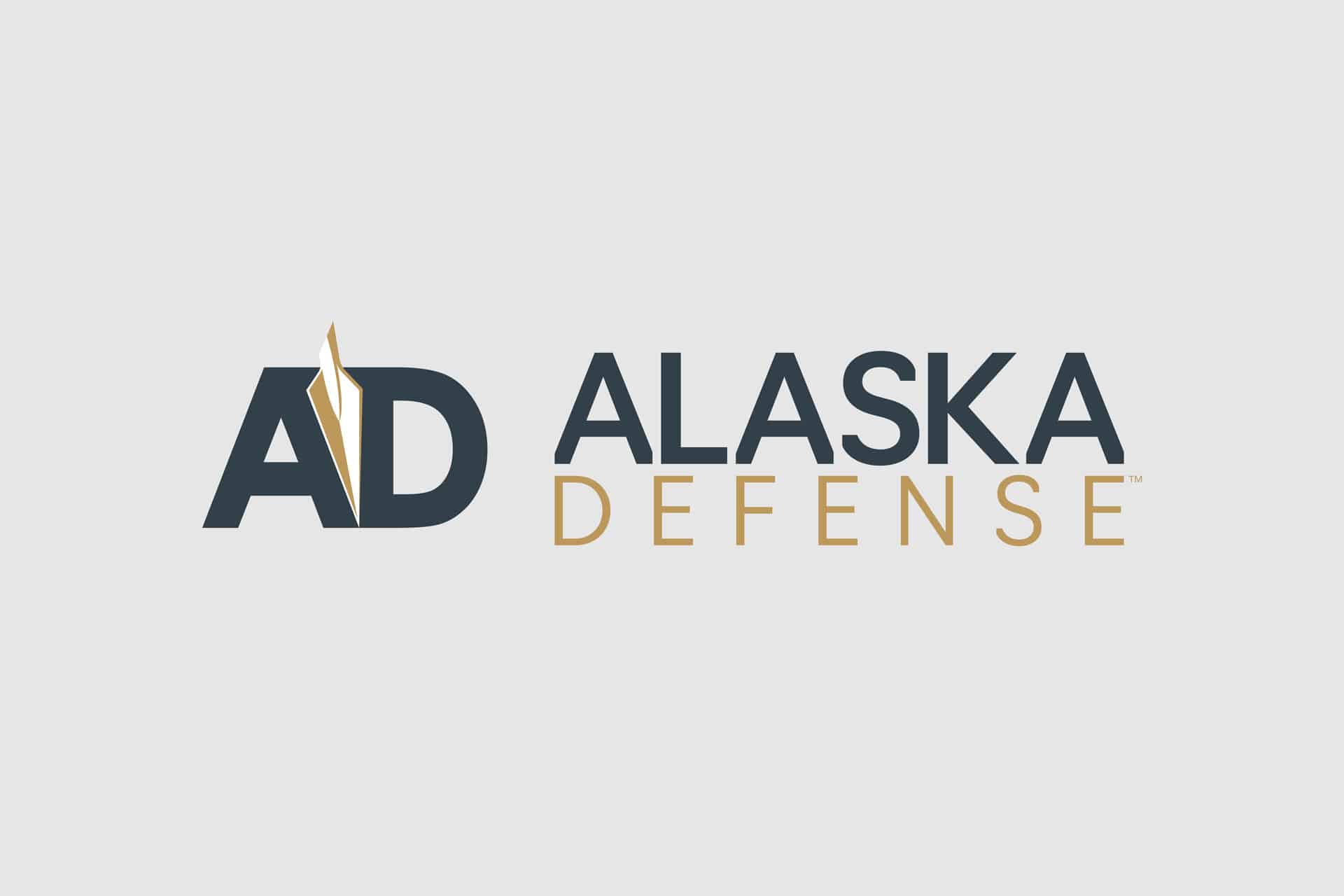
Leave a Reply